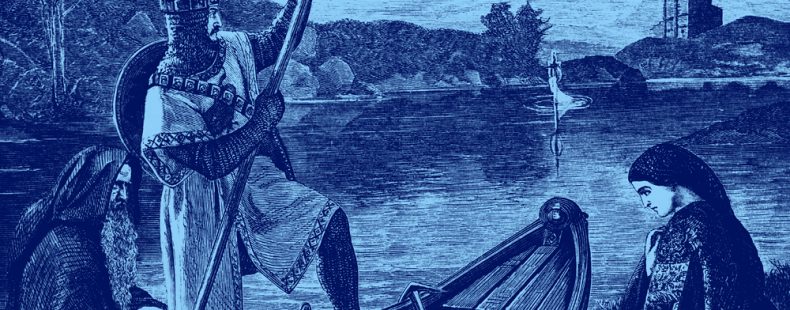The word romance is used in a variety of ways, especially as it relates to love. As you well know, a romance is a novel, movie, or fiction genre “in which characters fall in love or begin a romantic relationship,” and the word can also refer to a romantic character, a love affair, an attraction between two people, or a romantic sentiment, among many definitions. There’s just so much romance in the world!
However, when the word Romance is used, with a capital R, it refers to something else: the group of Indo-European languages descending from Latin, which includes:
The full list is much longer. But what the topic leads us all to wonder (it’s not just you!): What does the word romance have to do with languages and love? And no, it’s not because French is called the “language of love.”
What is Romance?
The link between romance and Romance arises from a type of old story—and this is in itself, a little romantic.
In Latin, the word Rōmānus means “Roman,” and it gave rise to the phrase romanice scriber or “to write in a Romance language.” As used in this phrase, romanice is a language related to the Romans—i.e., a language descended from the Vulgar (or “common”) Latin spoken throughout the expansive Roman Empire. French, Spanish, Italian, Portuguese? They are just modern forms of Latin! (By contrast, the Germanic languages, including German, Dutch, the Scandinavian languages, and English, form a language family all descended from a common tongue—which happens to share its ancestor with the Romance languages!)
The related word Romanz is the Old French term for “verse narrative.” In the 1300s, a romanz was a story told in vernacular (as opposed to the original Latin) about a chivalric hero’s adventures and quests. The key to the romanz was that it was written in the language people spoke, the vernacular, or Romantic languages, and the name stuck (changing over time to romance) as the fictional form grew in popularity across Europe.
Fair maidens, often saved from some sordid fate by the hero, played consistent roles in these romances. The best-known of its time is probably Le Morte d’Arthur by Sir Thomas Malory, the story of King Arthur and the Knights of the Round Table.
What was the first love story?
One of the foundational characters of the romance is Sir Lancelot, who embodies the ideals of courtly love, which is roughly “a highly stylized code of behavior popular chiefly from the 12th to the 14th century that prescribed the rules of conduct between lovers, advocating idealized but illicit love.” This appears to be the link between romantic stories and the idea of romantic love. In short, it’s the first “love story.”
Romance stories had huge popularity through the end of the 1600s, after which they were dismissed as too over the top. Romances were ridiculed in satire such as Cervantes’s Don Quixote. By this time, romance as an idea connoted virtue, noble intentions, and the conquering of good over evil. As a fictional form, it dealt exclusively in ideals.
The idea of courtly love, the kind that makes one swoon from emotion, was attached to the word romance only in the early 1900s.
Romance is still held high as an ideal, but it would serve us to remember that Lancelot’s story is a classic example of adultery.












